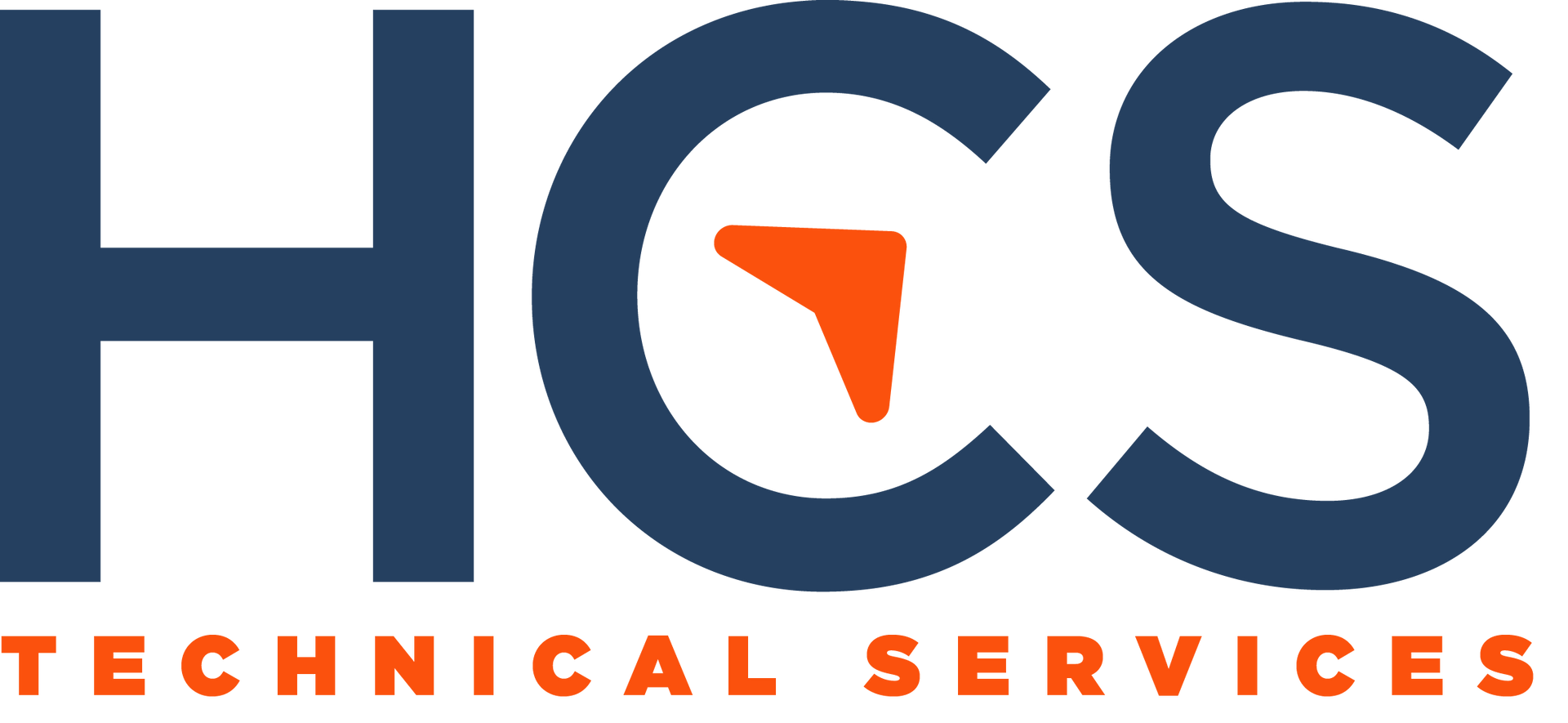Why Your Business Is Now A Tech Business
Technology: The Backbone of Modern Business (and How It Drives Your Success)

Picture this: your trusty laptop suddenly crashes, your internet fails mid-meeting, or a client's order vanishes from your digital system. In the tech-powered world of business, these aren't just inconveniences; they're profit-killers and roadblocks to success. Technology has wormed its way into every aspect of how we do business, and for good reason. Here's the lowdown:
Devices: The Supercharger of Employee Productivity
No business runs without the hum of technology. Computers, tablets, and smartphones are the lifeblood of your team. Imagine trying to do your job without access to the internet, your customer database, or even basic word processing. When your tech tools fail, the workday grinds to a halt.
Suppliers are Going Digital – Get on Board or Get Left Behind
Tech isn't just about your office. Think of your whole supply chain. Vendors are abandoning those clunky old fax machines and paper order forms in favor of sleek, efficient digital portals. If you haven't adapted, soon you'll be lost in a sea of outdated processes, slowing your whole operation down.
Technology – The Rocket Fuel for Business Growth
The playing field has changed. Tech like cloud computing lets even small businesses compete with the big players, at a fraction of the cost. The latest innovations, strategically used, are what gives a company the edge. If you're not actively updating and adapting your tech strategy, you're giving competitors a head start.
AI and Automation: It's Not The Future, It's Now
Artificial Intelligence (AI) and automation aren't sci-fi concepts anymore. Smart systems that streamline tasks, offer personalized customer service, and boost sales efficiency are becoming the norm, not the exception. Getting these tools working for you is the key to staying competitive.
The Digital Experience is King (or Queen)
Customers and clients expect seamless digital interactions. A glitchy website, unresponsive social media, or a confusing online ordering system can send them running to the competition. Your online presence has to be as polished and professional as your storefront.
Business Continuity: When Disaster Strikes, Tech Saves the Day
Storms, floods, or even unexpected cyberattacks can throw operations into chaos. The lifeline? Cloud-based technologies and remote access. These ensure your business can weather crises, allowing your team to pivot and keep working even when the office doors are closed.
Fact: Technology IS Your Business
From the corn farmer checking real-time crop prices on his phone to the massive data centers of global corporations, tech is the invisible hand guiding modern business. It's a scary thought, but also an empowering one. Think of the possibilities!
Data, Data Everywhere: The Challenges (and Opportunities)
Digital living generates an overwhelming amount of data. Storing, analyzing, and protecting that information is no easy task. Robust tech solutions are the only way to turn big data into big profits.
Don't Go it Alone – HCS Technical Services Has Your Back
Navigating the complexities of modern tech, from day-to-day troubleshooting to implementing major innovations, is best left to experts. That's where we come in. HCS Technical Services is your partner in leveraging technology as a competitive advantage.
Ready to unleash the full potential of tech in your business? Contact us today and let's chart your innovation roadmap to success!
HCS Technical Services











